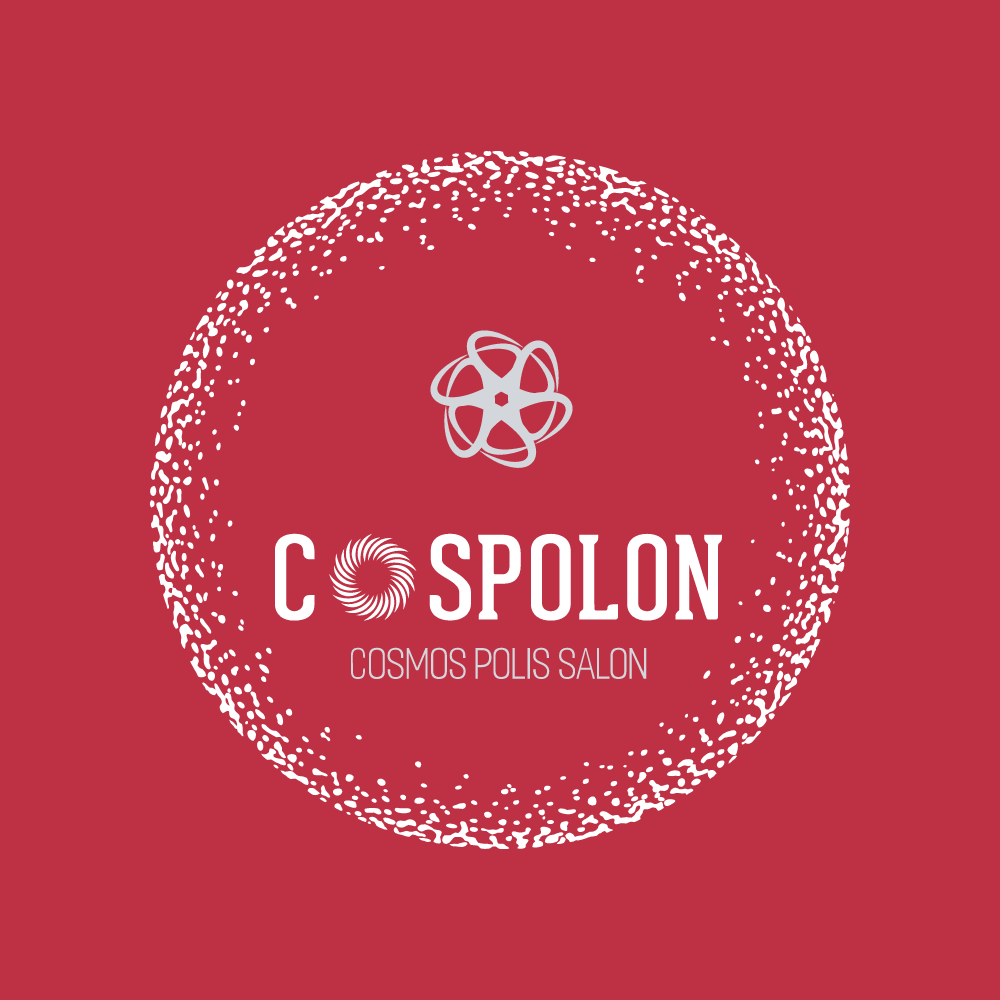The Operational Mindset
A strategic framework for turning vision into reality across social change, disaster preparedness, revolution, and community action.
Deconstructing the Mindset
What does it mean to be "operational"?
At its heart, an operational mindset is the engine of execution. It is a disciplined, systematic approach that bridges the gap between a grand vision and the concrete actions required to achieve it. This mindset prioritizes analytical thinking, data-driven decisions, and a relentless focus on results, ensuring that every effort is efficient, effective, and adaptable.
While born from business and logistics, its core principles are universally applicable. The chart on the right visualizes the key characteristics that define this powerful framework for "getting things done."
The Mindset in Four Contexts
The power of an operational mindset is its adaptability. While the core principles remain constant, their application is nuanced and tailored to the unique challenges of each domain. Explore how this framework is applied in four distinct arenas of action.
1. Social Change & Protest
For movements to achieve lasting change, they must evolve from spontaneous protest to sustained campaigns. An operational mindset provides the strategic framework for this transition, focusing on building long-term power rather than just momentary pressure.
📢 Mobilizing
Short-term action to demonstrate support. Engages large numbers for high visibility and immediate pressure.
👥 Organizing
Long-term capacity building to create "people power." Develops leadership and resilience for sustained change.
Effective movements strategically integrate mobilization into a broader organizing framework to prevent burnout and achieve lasting impact.
2. Revolution & Insurgency
In revolutionary contexts, the goal is not to improve the system but to replace it. This demands a mindset where operations are deeply fused with political and ideological objectives, and success is measured by fundamental transformation.
In many revolutionary strategies, military action is subordinate to political, social, and psychological goals, which form the core of the operational plan.
3. Disaster Preparedness
Here, the mindset is a continuous cycle of improvement to ensure true "readiness," not just "preparedness." It's about moving from simply having a plan to being in a constant state of tested, proven capability to protect communities.
Reduce Risk
Build Capacity
Save Lives
Rebuild & Learn
This is not a linear process but a continuous cycle where lessons from recovery feed back into mitigation and preparedness, building long-term community resilience.
4. Community Movements
At the grassroots level, the operational mindset is fundamentally people-centric. Success is measured not by projects completed, but by the community's increased capacity to advocate for itself and control its own development.
From Objects to Subjects of Change
- 🤝Build Trust: Prioritize humanizing people and genuine listening over top-down directives.
- 🌱Empower Agency: The goal is to build skills and confidence so the community can take control of its own development.
- 🔄Sustain Impact: Success means creating lasting capacity for self-advocacy, long after a specific campaign ends.
Synthesis: Unifying Principles
Despite their different goals, a common operational DNA runs through all these contexts. Certain principles are universally critical, while others take on greater importance depending on the specific mission. This chart compares the relative importance of key operational principles across each of the four domains.
Shared Foundations, Different Priorities
Strategic planning and adaptability are vital everywhere. However, the data reveals key differences: community movements depend most heavily on empowerment and base support, while revolutionary contexts prioritize radical strategic planning. Disaster preparedness, in turn, places the highest premium on resource optimization and efficiency.
Common Barriers to Effectiveness:
- ❗Resistance to Change: Reluctance to innovate or adapt strategies.
- ❗Resource Constraints: Lack of funding, people, or tools.
- ❗Burnout & Dissipation: Activist fatigue without long-term strategy.
- ❗Complexity & Unpredictability: The chaotic nature of social and disaster environments.
